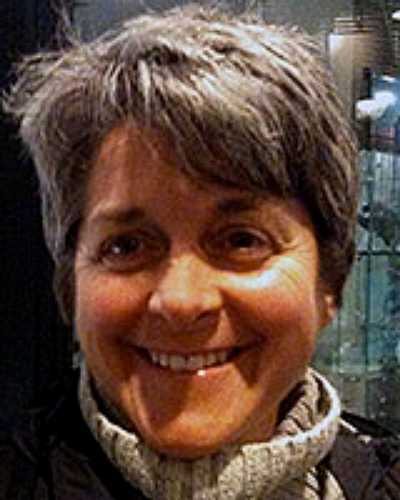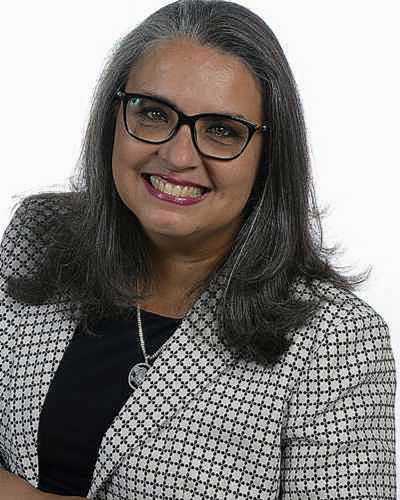Now published, see the full article 
Early Abstract:
Introduction: In partnership with the Norway House Cree Nation (NHCN) in Manitoba, Canada, this study developed a framework based on how Indigenous parents/caregivers of young children and community-based oral health decision makers perceive 'quality of preventive oral health services'.
Methods: Concept mapping was used to develop the 'quality of preventive oral health services' framework. This involved brainstorming/idea generation, sorting and rating, and visual representation, and interpretation sessions with parents/caregivers (CG) and decision makers (DM) in Norway House, Manitoba. Using the Concept System’s GlobalMax (Ithaca, NY, USA) software, a conceptual framework was created that was modified from input from CG and DM groups, which can be visualized through the concept map.
Results: The final concept map revealed 7 domains of quality preventive oral health services: Dental Staff Character and Skills, Working with Community, Responsibilities in Preventive Education, Inclusive Preventive Oral Health Strategies, Accessibility to Appointments, Logistics of Providing Services, and Dental Environment.
Conclusion: This study provides insight into the existing gap in oral health services for Indigenous populations. Based on conversations and the concept mapping process, the developed framework can inform the steps to be taken to improve preventive oral health services for Indigenous peoples. The framework has been used to develop a quantitative scale to inform sustainable and impactful change in the quality of preventive oral health services that are meaningful to Indigenous peoples.




